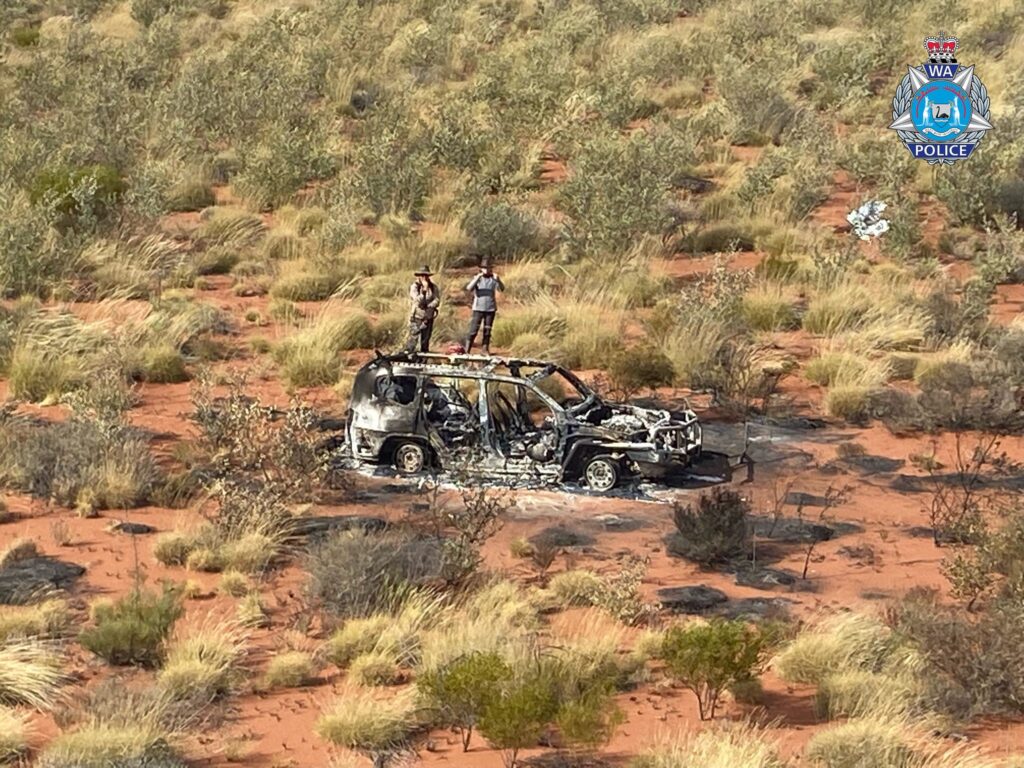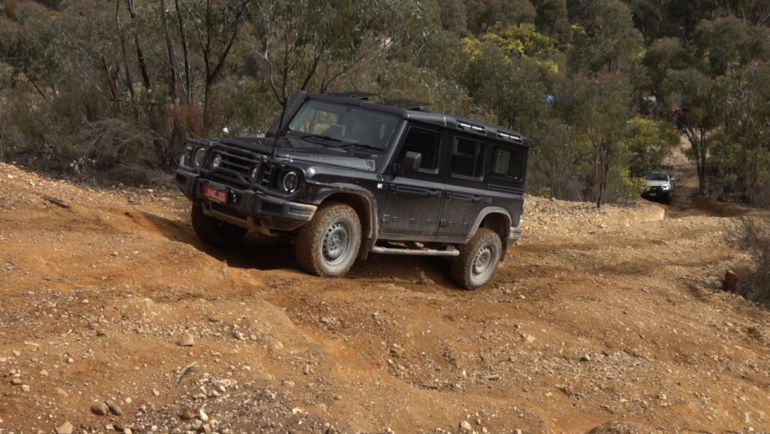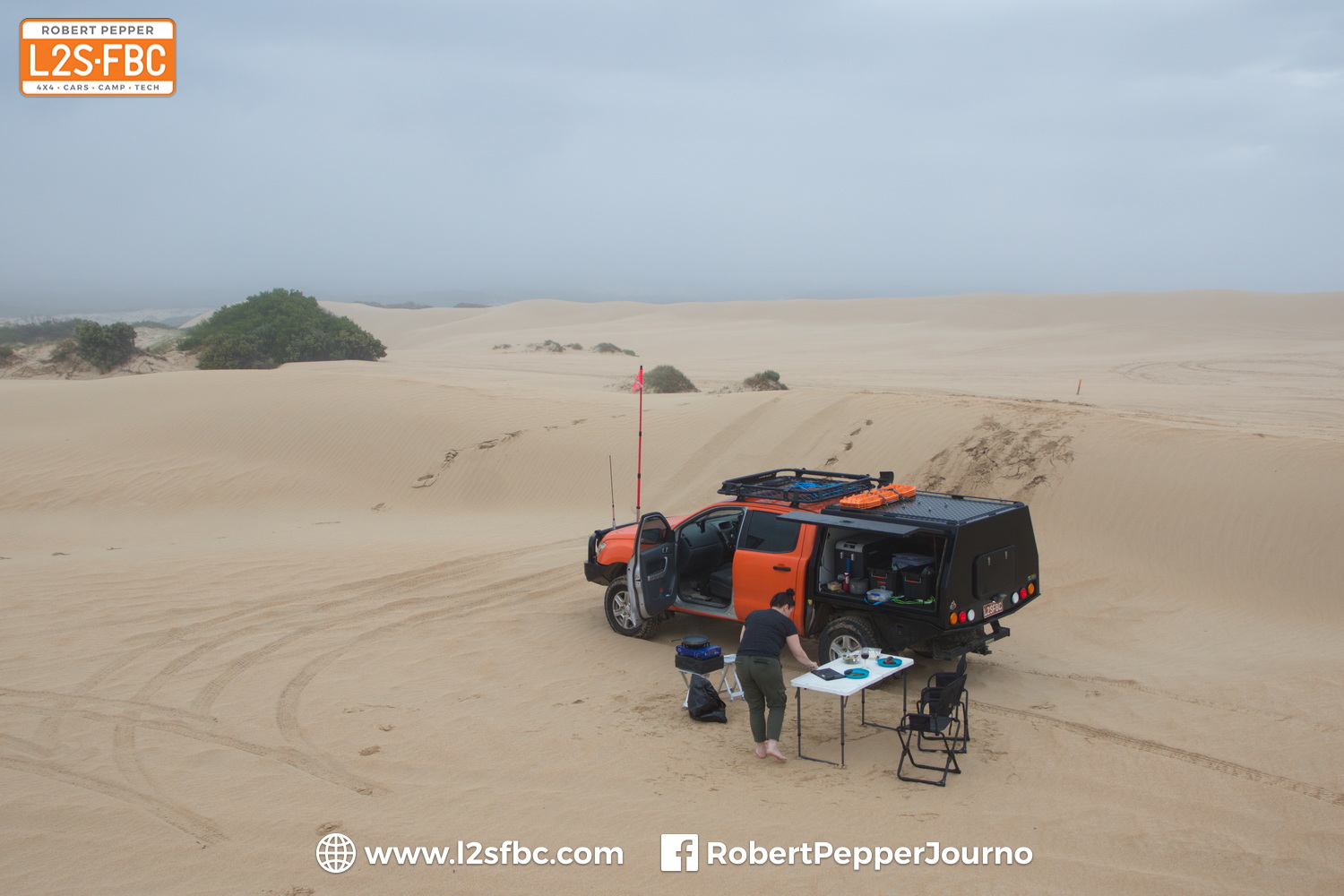
Why Starlink isn’t an emergency response system for vehicle-based overlanders, offroaders and outdoors people
If you’re travelling far from civilization in a vehicle, you may get into trouble and require assistance. Maybe you’re bogged, maybe you’re injured or maybe you’re fine and found someone else that needs help. Could be you’ve crashed your car, or lost it to fire. There’s any number of reasons why you might need help urgently, and you can’t rely on a mobile phone.
Starlink is an Elon Musk company, part of SpaceX, that has created worldwide, high-speed, satellite-based Internet. It’s truly amazing. I use Starlink to can get higher Internet bandwidth speeds in remote parts of Australia that have no cellphone service than I’d be able to get in an Australian city.
So, Starlink is perfect for emergency calls, right? Super-high speed Internet, connect to anyone, anywhere, video calls even!
Not quite. Yes, in some situations Starlink may be ideal, but I wouldn’t rely on it for emergency communications. Let’s look at what we need from an emergency comms systems:
- Work anywhere – Starlink doesn’t work everywhere in the world just yet, but to be fair, neither to some satphones. Still, you need to be sure your emergency system works where you’ll be.
- Speed and ease of setup – you want to set your system up VERY quickly and easily so you can use it to communicate. And it should be easy to set up for other people who aren’t familiar with it.
- Ease of operation – in an emergency, you’re stressed. You want simple, reliable, ease of use. And again, you want people who aren’t familiar with the system to be able to use it.
- Independence from vehicle – sure, you have a functional vehicle. Or, you did before the emergency. Now you have a burned-out husk. Or it’s at the bottom of a ravine, or lake. So your comms system needs to work away from the vehicle.
- Portability – you may well need your system to travel with you; maybe on foot, in another vehicle, or wherever.
- Long life – you may want to use your system over many days, and many hours worth of communication.
- Robustness – if the vehicle crashes, you want your comms system to survive. You also want it to handle being dropped on rocks, into a puddle, extremes of heat and cold.
So let’s look at Starlink against those criteria, and consider it against the more usual tools of a satphone, distress beacon, and satellite text communicator. See the start of this video for a run-down on what those are.
Let’s start with where Starlink works in the world, which isn’t everywhere (yet), but it may well work where you’re travelling, so we’ll tick that. Now for setup. Starlink takes several minutes to set up the dish, then the wifi, then connect. By contrast, you’ve made that satphone call or sent many messages before Starlink’s power is even connected.
The ease of setup isn’t good for those unfamiliar with the system either. What does the dish do? What connects where? How do you know it’s on? Then you have to connect to a wifi network, and find a password…this is not something you want stressed people doing who are new to Starlink. However, if Starlink was up and running, and people had their phones, and knew the wifi password then it would be an effective emergency comms system.
Independence from vehicle – Starlink requires a significant amount of battery power, usually powered by a pure sine wave inverter (not just any inverter) off a 12v battery. This is more complication and not something that many people would have independent of a vehicle, so it can reasonably be assumed that if the vehicle is not operational, the means to operate Starlink is gone. And, the dish is not robust so it may well be damaged. I wouldn’t like to grab my Starlink from a burning vehicle, but I can grab my satphone as these people did:

Starlink also isn’t as portable as a satphone or distress beacon. In fact, without a vehicle, it’s really not portable at all, and that’s before you consider the power sources. Speaking of power, well you’ll want a decent size 12v battery to keep Starlink going, and a means to replenish the battery such as solar. In contrast, you don’t need to worry about that with a distress beacon, and a satphone battery lasts a long time, and can be recharged with a small solar panel, or maybe a USB power pack.
Starlink is also far from robust. The dish can be damaged easily, and the wifi system isn’t designed for outdoors use. Again, contrast that to a satphone, satellite communicator or distress beacon.
So in summary, by all means use Starlink as you travel for Internet access. I do, it’s fantastic. But, in the event of an emergency you’ll want and need something else. That will surely change in the future as Starlink improves yet further but until it does, I’d be carrying something other than a Starlink for emergencies.
.


